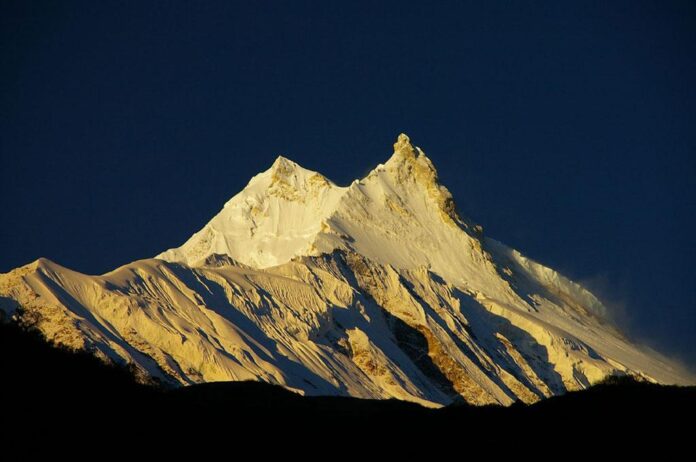BI News, Dehradun: Economy and employment are two mandatory slogans of the government,though it is running by comprising the ecological imbalances and nature’s laws but couldn’t reach the target that was promised. However, multiple studies have mainly studied air quality in the Himalayan region employing a few residential or ecological states that narrated the ecological fragile environment of the Himalayas in under grave threat from big dams, deforestation and mining activities. All these have led to increased landslides, flash floods etc .
Himalaya is experiencing frequent catastrophic mass movement events such as avalanches and landslides, causing loss of human lives and infrastructure. Millions of people reside in critical zones potentially exposed to such catastrophes.

A novel method has been developed by the researchers to determining mass movement trajectories and applied it to the Himalayan Mountain ranges for the first time to quantify the exposure of infrastructure, waterways, roadways, and population in six mountain ranges, including Hindu Kush, Karakoram, western Himalaya, eastern Himalaya, central Himalaya, and Hengduan Shan.
Research reveal that the exposure of buildings and roadways to mass movements is highest in Karakoram, whereas central Himalaya has the highest exposed waterways. The hotspots of exposed roadways are concentrated in Nepal, the North Indian states of Uttarakhand, Himachal Pradesh, the Union Territory of Ladakh, and China’s Sichuan Province. Analysis shows that the population in the central Himalaya is currently at the highest exposure to mass movement impacts.
“Navigating the Balancing Act: The Identity and Responsibilities of Working Women”
Projected future populations based on Shared Socio-economic and Representative Concentration Pathways suggest that changing settlement patterns and emission scenarios will significantly influence the potential impact of these events on the human population.
Further the data sets on existing buildings, waterways, and roadways from the OpenStreetMap for all the mountain ranges in HKKH. Buildings are represented as point features in the OpenStreetMap data set; therefore, all the points intersecting with the modeled trajectories were considered exposed to the mass movements. Roads and waterway networks were available in vector formats as line features. To obtain the length of exposed roads and waterways, we extract the road and waterway networks for the regions where mass movement trajectories intersect.

The increasing potential for catastrophic mass movements can threaten infrastructure and population in upland areas of the Himalaya. Inadequate construction practices and a lack of structural reinforcements on steep slopes have resulted in weak infrastructure in the Himalaya. This vulnerability exposes the infrastructure to damage that can lead to subsequent human casualties. Consequently, any loss of infrastructure directly increases the likelihood of fatalities in the region.
While the plans and implementation of remedial policies such as afforestation and hazard zone mapping have been carried out. Nonetheless, it is inadequate and greater sensitivity is impressive.








